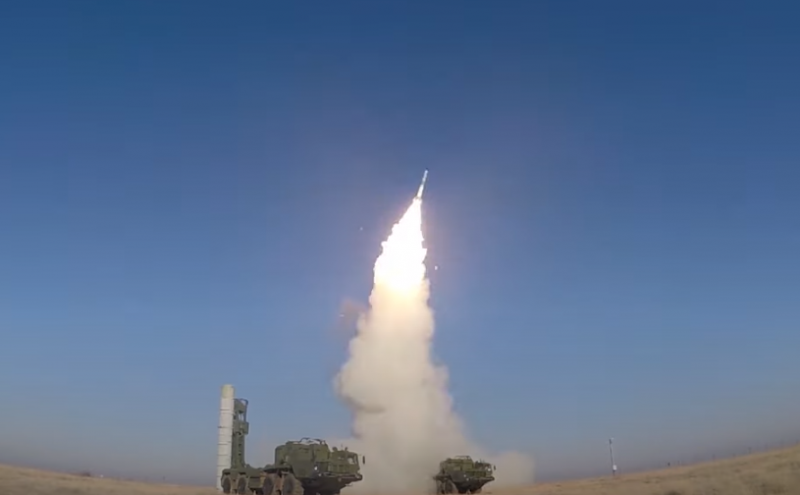Russian anti-aircraft systems intercepted the "hypersonic weapons" of the mock enemy
The Ministry of Defense has worked out the fight against hypersonic missiles of a potential enemy. The exercises of air defense units were held in early October in the Western and Eastern military districts.
The Russian military department conducted a series of exercises for air defense regiments to repel massive strikes aviation enemy, as well as cruise and hypersonic missiles. In addition to maneuvers with electronic launches, live firing was carried out at the Ashuluk and Kapustin Yar ranges. As part of practical firing, anti-aircraft systems intercepted hypersonic means of destruction of a simulated enemy, which were ultra-high-speed targets.
Kaka write "News" with reference to military sources, within the framework of the conducted exercises, the emphasis was placed on the fight against hypersonic weapons. At the Ashuluk range, the S-400 anti-aircraft missile regiment of the Leningrad Air Defense Association ZVO was involved, and at the Kapustin Yar range, targets were hit by the S-400 and Pantsir-S1 complexes of an anti-aircraft missile regiment from the troops and forces in northeastern Russia. It is emphasized that the exercises were recognized as successful.
According to military expert Dmitry Kornev, in Russia, several anti-aircraft systems and complexes are capable of intercepting and destroying promising enemy hypersonic ammunition at once. We are talking about complexes of the S-300, S-350, S-400 and S-500 air defense systems. In addition, hypersonic missiles intercept the latest modifications of the Buk air defense missile system, as well as the modernized Pantsir air defense missile system. Currently, new anti-aircraft systems are being developed, for which the interception of hypersonic targets will not present any difficulty.

Information